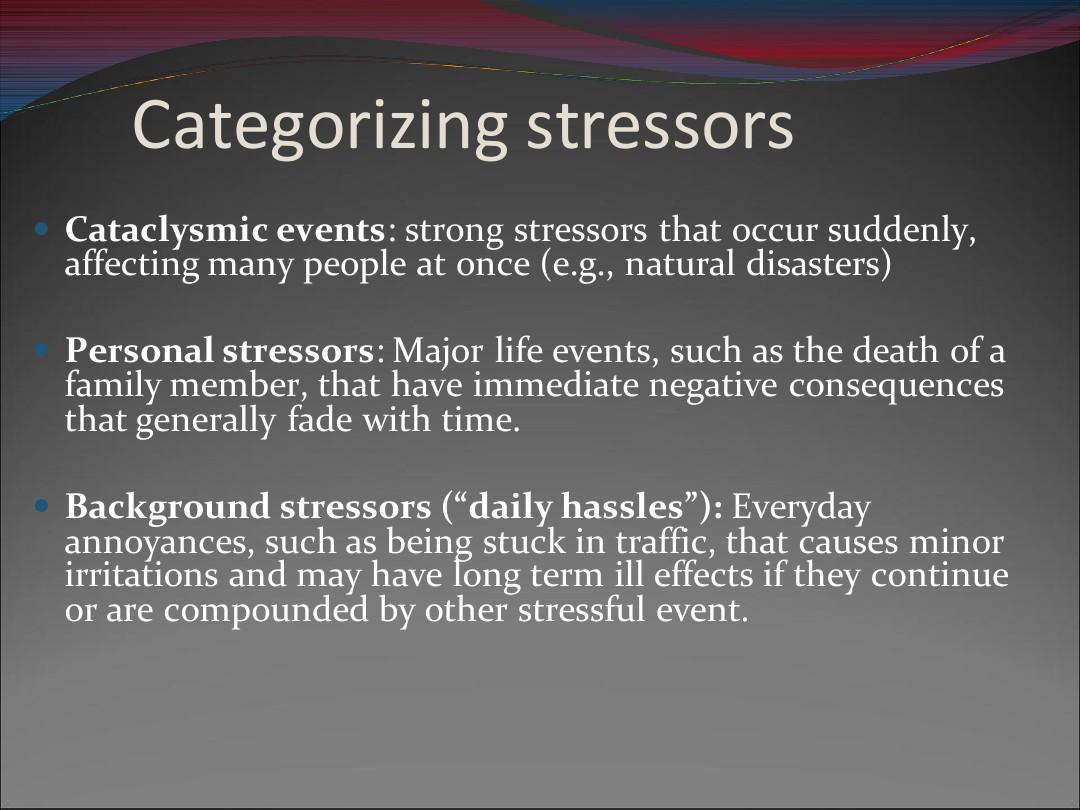Feather Allergy: A Common Problem and How to Manage It
Feather allergy is a common problem that affects many people worldwide. This condition can cause symptoms such as nasal congestion, conjunctivitis, and asthma, which can make it difficult for individuals to live their daily lives comfortably. However, there are ways to manage feather allergy symptoms, including avoiding exposure to feathers and using medication to relieve symptoms. Additionally, some individuals may benefit from immunotherapy, which can help to reduce the severity of their symptoms over time. By understanding the causes and symptoms of feather allergy and implementing effective management strategies, individuals can live comfortably with this condition.
What is a feather allergy?

A feather allergy is a reaction of the immune system to the proteins found in bird feathers. People with this type of allergy may experience symptoms such as nasal congestion, sneezing, itching, and conjunctivitis. In severe cases, anaphylaxis may occur, which can be life-threatening.
How many people are allergic to feathers?
The prevalence of feather allergy varies widely, affecting up to 10% of the population in some studies. However, it is difficult to estimate the exact number because many people may not be aware that they have this type of allergy or may have symptoms that are mild enough to go unnoticed.
What are the symptoms of a feather allergy?
Symptoms of a feather allergy may vary from person to person, but some common symptoms include:
nasal congestion
sneezing
itching
conjunctivitis (red, itchy eyes)

hives
swelling
difficulty breathing
In severe cases, anaphylactic shock may occur, which can be life-threatening. If you experience any of these symptoms, it is essential to seek medical attention immediately.
What causes a feather allergy?
A feather allergy is caused by the body's reaction to the proteins found in bird feathers. These proteins are called allergens, and they trigger the immune system to produce antibodies that attack them. This process releases chemicals that cause the symptoms of an allergic reaction.
How is a feather allergy diagnosed?
A feather allergy is diagnosed through a combination of medical history, physical examination, and testing. The doctor will ask about your symptoms and when they occur, as well as any other factors that may be relevant to your condition. Physical examination may include checking for signs of nasal congestion, sneezing, itching, and conjunctivitis. Testing may involve skin tests or blood tests to detect the presence of antibodies to feather allergens.
How is a feather allergy treated?

Treatment for a feather allergy typically involves avoiding exposure to bird feathers and other allergens. This may mean keeping the home and workplace free from feather-bearing items, such as pillows, comforters, and stuffed toys. Additionally, air conditioning and air purifiers may help reduce the amount of allergens in the air. Medications such as antihistamines and nasal steroids may also be prescribed to relieve symptoms. In severe cases, epinephrine injectors may be necessary to treat anaphylactic shock.
What is the prognosis for someone with a feather allergy?
The prognosis for someone with a feather allergy depends on the severity of their symptoms and their ability to avoid exposure to allergens. Many people with mild symptoms can manage their allergy by making lifestyle changes and using medications as needed. However, those with severe symptoms or who have difficulty avoiding exposure to allergens may experience more frequent and severe reactions. In these cases, long-term management may involve regular monitoring by a healthcare provider and possibly immunotherapy (allergy shots).
How can I help someone with a feather allergy?
If you know someone with a feather allergy, there are several ways you can help them manage their condition:
Encourage them to avoid exposure to bird feathers and other allergens by keeping their environment clean and free from feather-bearing items.
Help them understand their symptoms and when to seek medical attention if they become severe or unexpected.
Provide them with support and understanding about their condition, as it can be frustrating and debilitating at times.
Articles related to the knowledge points of this article:
Title: The Art and Science of Tie Tying: A Guide to Mastering the Perfect Bow Knot
The rise of the shirt-down jacket
Title: Embellishing Elegance: The Timeless Charm of Silk Scarves



